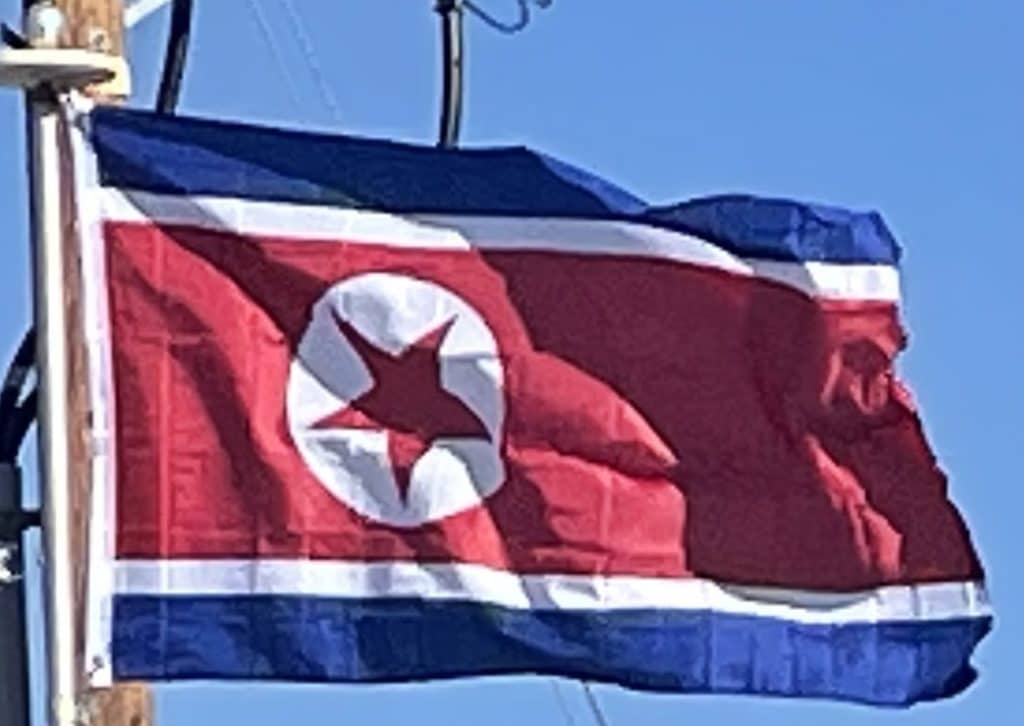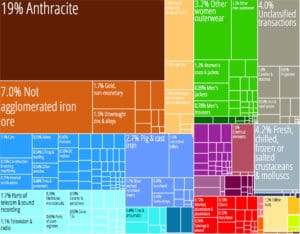
The loss of Eastern Bloc trading partners and a series of natural disasters throughout the 1990s caused severe hardships, including widespread famine. By 2000, the situation improved owing to a massive international food assistance effort, but the economy continues to suffer from food shortages, dilapidated infrastructure and a critically low energy supply. In an attempt to recover from the collapse, the government began structural reforms in 1998 that formally legalized private ownership of assets and decentralized control over production. A second round of reforms in 2002 led to an expansion of market activities, partial monetization, flexible prices and salaries, and the introduction of incentives and accountability techniques. Despite these changes, North Korea remains a command economy where the state owns almost all means of production and development priorities are defined by the government.
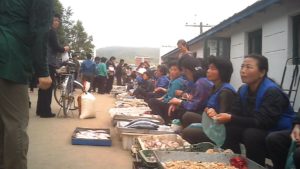
North Korea has the structural profile of a relatively industrialized country where nearly half of the Gross Domestic Product is generated by industry and human development is at medium levels. Purchasing power parity (PPP) GDP is estimated at $40 billion, with a very low per capita value of $1,800. In 2012, Gross national income per capita was $1,523, compared to $28,430 in South Korea. The North Korean won is the national currency, issued by the Central Bank of the Democratic People’s Republic of Korea.
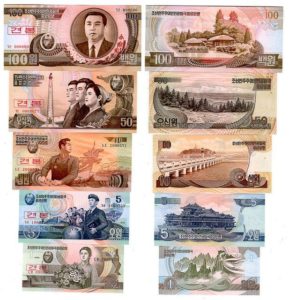
The economy is heavily nationalized. Food and housing are extensively subsidized by the state; education and healthcare are free; and the payment of taxes was officially abolished in 1974. A variety of goods are available in department stores and supermarkets in Pyongyang, though most of the population relies on small-scale jangmadang markets. In 2009, the government attempted to stem the expanding free market by banning jangmadang and the use of foreign currency, heavily devaluing the won and restricting the convertibility of savings in the old currency, but the resulting inflation spike and rare public protests caused a reversal of these policies. Private trade is dominated by women because most men are required to be present at their workplace, even though many state-owned enterprises are non-operational.
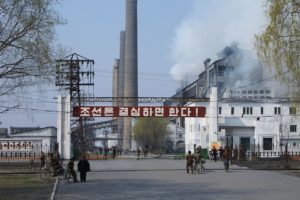
Industry and services employ 65% of North Korea’s 12.6 million labor force. Major industries include machine building, military equipment, chemicals, mining, metallurgy, textiles, food processing and tourism. Iron ore and coal production are among the few sectors where North Korea performs significantly better than its southern neighbor—it produces about 10 times larger amounts of each resource. Using ex-Romanian drilling rigs, several oil exploration companies have confirmed significant oil reserves in the North Korean shelf of the Sea of Japan, and in areas south of Pyongyang. The agricultural sector was shattered by the natural disasters of the 1990s. Its 3,500 cooperatives and state farms were among the most productive and successful in the world around 1980 but now experience chronic fertilizer and equipment shortages. Rice, corn, soybeans and potatoes are some of the primary crops. A significant contribution to the food supply comes from commercial fishing and aquaculture. Tourism has been a growing sector for the past decade. North Korea has been aiming to increase the number of foreign visitors through projects like the Masikryong Ski Resort.
